D-Mannose: Preparation, Mechanism And Application Studies
General Description
D-mannose is a simple sugar, a monosaccharide extracted from larch rod, closely related to glucose.[2]D-mannose is an epimer of D-glucose at the C-2 position and the aldose isomer of D-fructose, and it exists in nature as a component of mannan. It has 60 and 86% sweetness than that of sucrose and D-glucose, respectively.The structure of D-mannose is extremely similar to that of D-glucose and D-fructose. The content of D-mannose varies in different plants. It has been reported that the contents of D-mannose were 0.04 to 0.08% and 0 to 0.03% in the fresh apple flesh and mango, respectively. The content of D-mannose reaches up to 21.2% in spent coffee grounds. Therefore, these Dmannose-containing plants are important raw materials for the preparation of D-mannose. The current top-selling brands of D-mannose including NOW Foods, Source Naturals, and Vibrant Health are derived from plant sources and most of them are made into capsules or powdered form.[1]
D-mannose is rapidly absorbed and in about 30 minutes reaches the peripheral organs, then is excreted by the urinary tract. It can’t be transformed into glycogen, therefore, is not stored in the body. A long-term use of D-mannose, in concentrations up to 20%, has not shown any side effect on human metabolism.[2]
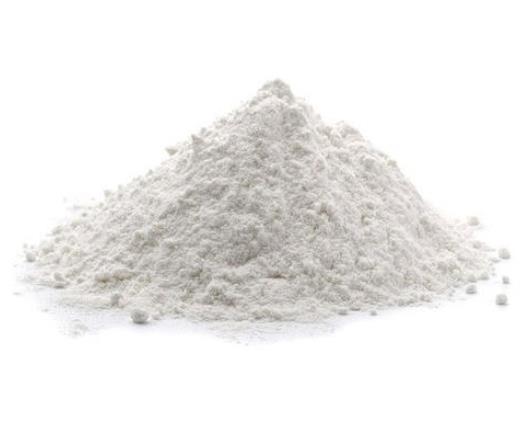
Figure 1 D-Mannose powder
Preparation
The extraction of D-mannose from plants is mainly carried out by extraction. In addition, D-mannose could also be synthesized by chemical methods. Due to the poor specificity of the inorganic catalyst on substrate, the chemical reactions are often accompanied by the formation of many byproducts, which are not suitable for industrial production of D-mannose.[1]
1.Plant extraction:D-Mannose is extracted mainly from fruits, herbs, and palm. Currently, the main extraction methods included acid hydrolysis, thermal hydrolysis, and enzymatic hydrolysis. One route for the purification of D-mannose from palm kernel. First, the palm kernel was hydrolyzed by sulfuric acid at the temperature of100 °C and then the hydrolysis solution was further treated by endo-β-mannanase. Subsequently, the solution was filtered through a silica gel column and subjected to desalting treatment with an ion exchange resin. Finally, the D-mannose crystals were obtained after purified by ethanol with a yield of 48.4%.Besides, Useing microwave-assisted coupled with sulfuric acid treatment method to extract D-mannose from deproteinized palm kernels.After optimizing the extraction condition by response surface methodology, D-mannose yield of 92.11% was achieved at 148 °C for 10 min 31 s at a substrate-to-solvent ratio (w/v) of1:49.69.[1]
2.Chemical synthesis:D-Mannose can also be produced from D-glucose by chemical methods, which are catalyzed mostly through molybdate catalysts. Using ammonium molybdate as a catalyst, 32.6% yield of D-mannose was obtained after reaction about 150 min at 98℃,pH 2.0, and 55% glucose concentration. Using a mixed catalyst of ammonium molybdate and calcium oxide, 44.8% yield of D-mannose was achieved after reaction for 80 min at 150°C, pH3.0.[1]
3.Biological production using microbial enzymes:With the development of microbiotechnology, the enzymatic production of D-mannose has gradually attracted considerable interest. At present, four types of microbial enzymes are reported to have the potential applications for the production of D-mannose, including D-lyxose isomerase, D-mannose isomerase, cellobiose 2-epimerase, and Dmannose 2-epimerase. The four enzymes could produce D-mannose directly based on D-glucose or Dfructose as substrate through the isomerization or epimerization reactions.[1]
Mechanism
D-mannose be important in treating Urinary tract infections mediated by mannose specific binding, particularly determined by E. coli fitted out an exclusive virulence factor called FimH. By inhibiting the adhesion of bacteria to the urothelium, D-mannose mimics urothelial barrier function. Binding free D-mannose in the urine rather then proteins on the vescical cells surface, bacteria are trapped in the urinary flow and consequently eliminated by the urinary tract. D-mannose in inhibiting bacterial adhesion was responsible for Urinary tract infections by increasing the clearance of bacteria in the urine, thereby reducing the risk of infection. So D-mannose is widely accessible for Urinary tract infections prevention, and the mechanism of action is by blocking bacterial adhesion on the uroepithelial cells.[2]
Application
One side,D-mannose attested significant effects on specific symptoms control of Urinary tract infections such as on dysuria, pollachiuria, urgency, supra-pubic pain, tenesmus and nicturia as well as prevention in selected patients with uncomplicated acute cystitis.What’s more,studies showed the efficacy and safety of D-mannose in managing Urinary tract infections and its possible role in averting relapses. Moreover, by introducing this single agent use to treat uncomplicated acute cystitis, the duplication of multidrug resistant pathogens might be avoided.And more importantly, D-mannose seems to own good efficacy and to be well tolerated in both pre-and postmenopausal women with history of Urinary tract infections.[2] Because of its low-calorie and nontoxic features, D-mannose is used widely in food, medicine, cosmetic, and food-additive industries. Besides, it exhibits many physiologic benefits on health: immune system, diabetes mellitus, intestinal diseases, and urinary tract infections. It is used as a starting material to synthesize immunostimulatory agents, anti-tumor agents, vitamins, and D-mannitol. D-Mannose is mostly found in nature as a component of mannan, hemicellulose, and cellulose in dietary fiber.[1]
References
[1]Wu H, Zhang W, Mu W. Recent studies on the biological production of D-mannose[J]. Applied microbiology and biotechnology. 2019, 103: 8753-8761.
[2]Domenici L, et al. D-mannose: a promising support for acute urinary tract infections in women. A pilot study[J]. Eur Rev Med Pharmacol Sci. 2016, 20(13): 2920-2925.
Related articles And Qustion
Lastest Price from D-Mannose manufacturers

US $0.00-0.00/g2025-06-06
- CAS:
- 3458-28-4
- Min. Order:
- 1g
- Purity:
- 99%
- Supply Ability:
- 10000tons

US $10.00/Kg2025-04-24
- CAS:
- 3458-28-4
- Min. Order:
- 1Kg
- Purity:
- 98%
- Supply Ability:
- 20Ton
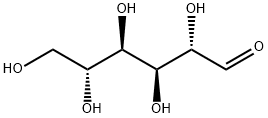
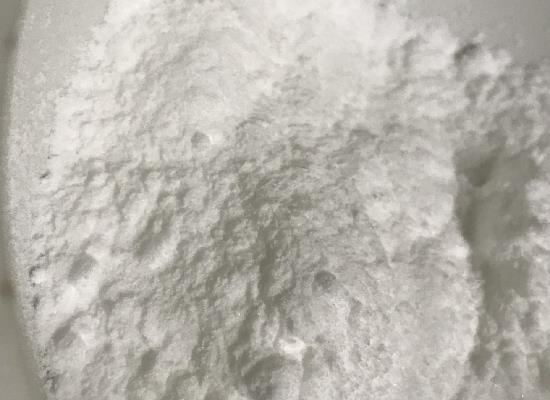
![477600-73-0 7H-Pyrrolo[2,3-d]pyriMidin-4-aMine,N-Methyl-N-[(3R,4R)-4-Methyl-1-(phenylMethyl)-3-piperidinyl]-intermediateYield](/NewsImg/2023-12-14/6383817699084145019270721.jpg)
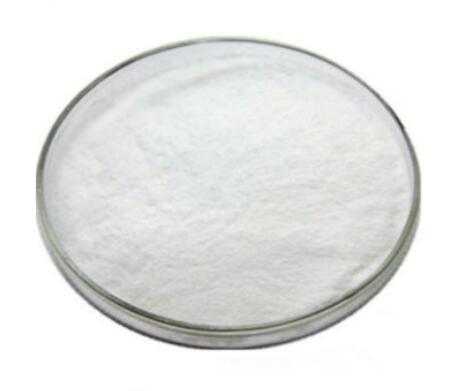
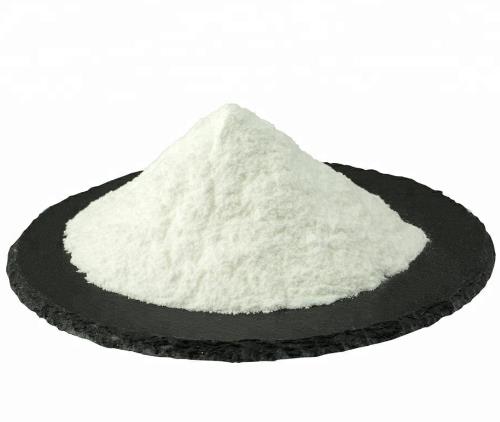
![477600-73-0 7H-Pyrrolo[2,3-d]pyriMidin-4-aMine,N-Methyl-N-[(3R,4R)-4-Methyl-1-(phenylMethyl)-3-piperidinyl]-intermediateYield](/NewsImg/2023-02-07/6381137227283298987319516.jpg)